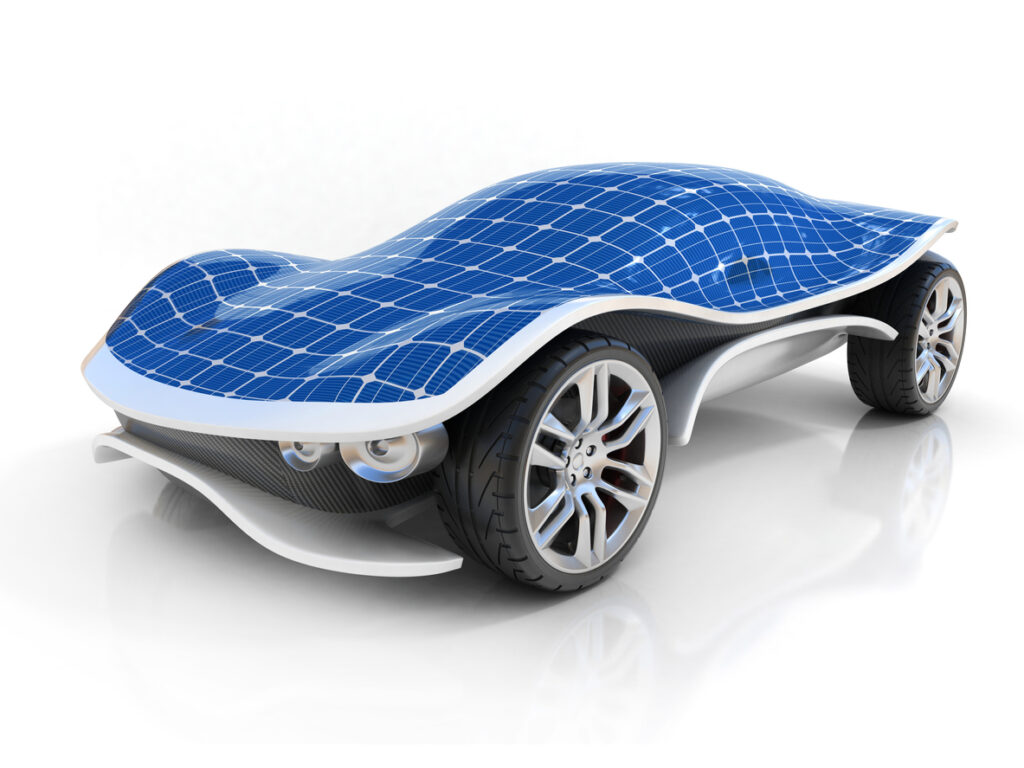Solar-powered vehicles are a clean, renewable, and eco-friendly option that have a lot of potential. They work by capturing the sun’s radiant energy.
Solar power is one of the most popular forms of alternative energy used today and it is becoming more common for multiple purposes than just powering our homes. The globe struggles with the urgent need to cut carbon emissions and move away from fossil fuels. Therefore, it is impossible to overestimate the importance of solar energy in supplying our transport networks.
Today, we will explore the growing trend of solar-powered means of transport, highlighting how advancements in solar technology have made them more efficient and practical for everyday use. It will showcase the benefits of solar-powered transportation, as well as show the already used examples of solar-powered vehicles.
Solar cars – is it possible?
According to the Guardian, the idea of incorporating solar panels into automobiles has gained popularity in recent years. Mercedes-Benz recently unveiled that from 2024 solar panels will be optional to add in any of the company’s EV models, and Toyota already equipped some of its models with solar cells.
As stated by TNO, an independent research organisation, the first solar cars will be ready to drive on the roads already this year.
“We have this handy fusion reactor in the sky called the sun; you don’t have to do anything, it just works. It shows up every day.”
– Elon Musk
How do solar panels on vehicles work?
One of the most common ways of generating electricity from solar energy is with solar panels. Most people know solar panels and their usage in providing energy for buildings but they can also power vehicles. Solar powered vehicles are built to run on power produced by solar panels, which are frequently included into the body of the vehicle.
With advancements in solar technology, solar-powered vehicles have evolved from mere prototypes to practical options for everyday transportation. Solar panels have become more efficient, durable, and cost-effective, making it possible to capture and convert sunlight into usable energy to power vehicles. As a result, we are witnessing a notable shift in the automotive industry, with an increasing number of manufacturers and startups embracing solar energy as a key component of their vehicles.

Solar Energy in the Transportation Sector
The concept of solar-powered vehicles has been around for several decades, with early prototypes dating back to the 1970s. However, only now with the increased emphasis on sustainable and clean transportation as well as advancements in solar panel technology, has harnessing solar energy for transportation purposes become a reality. Some companies have already designed solar-powered means of transportation and you can see them below.
The Lightyear solar car
Dutch car company Lightyear made headlines with the release of the Lightyear 0, the world’s first commercially-available solar car. Despite its impressive ability to travel 43 miles daily on solar power alone, its high price of over a quarter million euros limited its accessibility. After experiencing bankruptcy, Lightyear has shifted its focus to the more practical Lightyear 2, priced at around 40,000 euros, aiming to make solar-powered vehicles more affordable and attainable. This strategic move highlights Lightyear’s commitment to revolutionising the automotive industry and promoting sustainable transportation.
Sono Motors Solar Bus Kit
The German business Sono Motors created the novel solar-powered bus known as the Solar Bus Kit “The Solar Bus Kit is a complete and highly efficient retrofit solar solution for diesel buses,” as stated on the company’s page. It has integrated solar panels on the outside of the vehicle that charge the battery, increasing range and obviating the need for external charging. Operators of bus fleets can use the kit to cut down on diesel use, lessen CO2 emissions, and achieve sustainability objectives.
Additionally to solar cars and buses, we have mentioned in the top 10 Innovative technologies in sustainable energy sector, solar powered trains. Even though they are not as common as solar-powered buses, there have been some notable initiatives and experiments involving solar energy in rail transportation.
In Australia, the Byron Bay Railroad Company runs the first solar-powered train in the world. The train has solar panels on its roof and travels along a three-kilometre track. These solar panels produce the electricity that moves the electric motor on the train, enabling it to commute people without using fossil fuels. Batteries are used to store extra solar energy that can be used in low-light situations.
Additionally, some start-ups, such as Swiss Sun-Ways, have developed power-generating railway tracks that are basically solar panels between rails. The company claims that the national rail network could generate “1 Terawatt-hour (TWh) of solar energy per year, or about 2% of the electricity consumed in Switzerland.”
Benefits of solar-powered vehicles
The benefits of solar-powered vehicles extend beyond environmental considerations. By reducing our reliance on fossil fuels, solar-powered vehicles offer the potential for energy independence and a significant decrease in greenhouse gas emissions. Moreover, the utilisation of solar energy as a fuel source brings about long-term cost savings, as drivers can tap into an abundant and renewable resource that comes with minimal operating expenses.
The future of solar-powered transportation
In an era where environmental sustainability is at the forefront of global concerns, the rise of solar-powered vehicles shines as a beacon of hope. As the globe struggles with the effects of high carbon emissions and limited fossil resource reserves, the advent of solar-powered vehicles offers a promising solution. Harnessing the power of the sun, these vehicles not only reduce our carbon footprint but also pave the way towards a more sustainable and clean transportation future.











